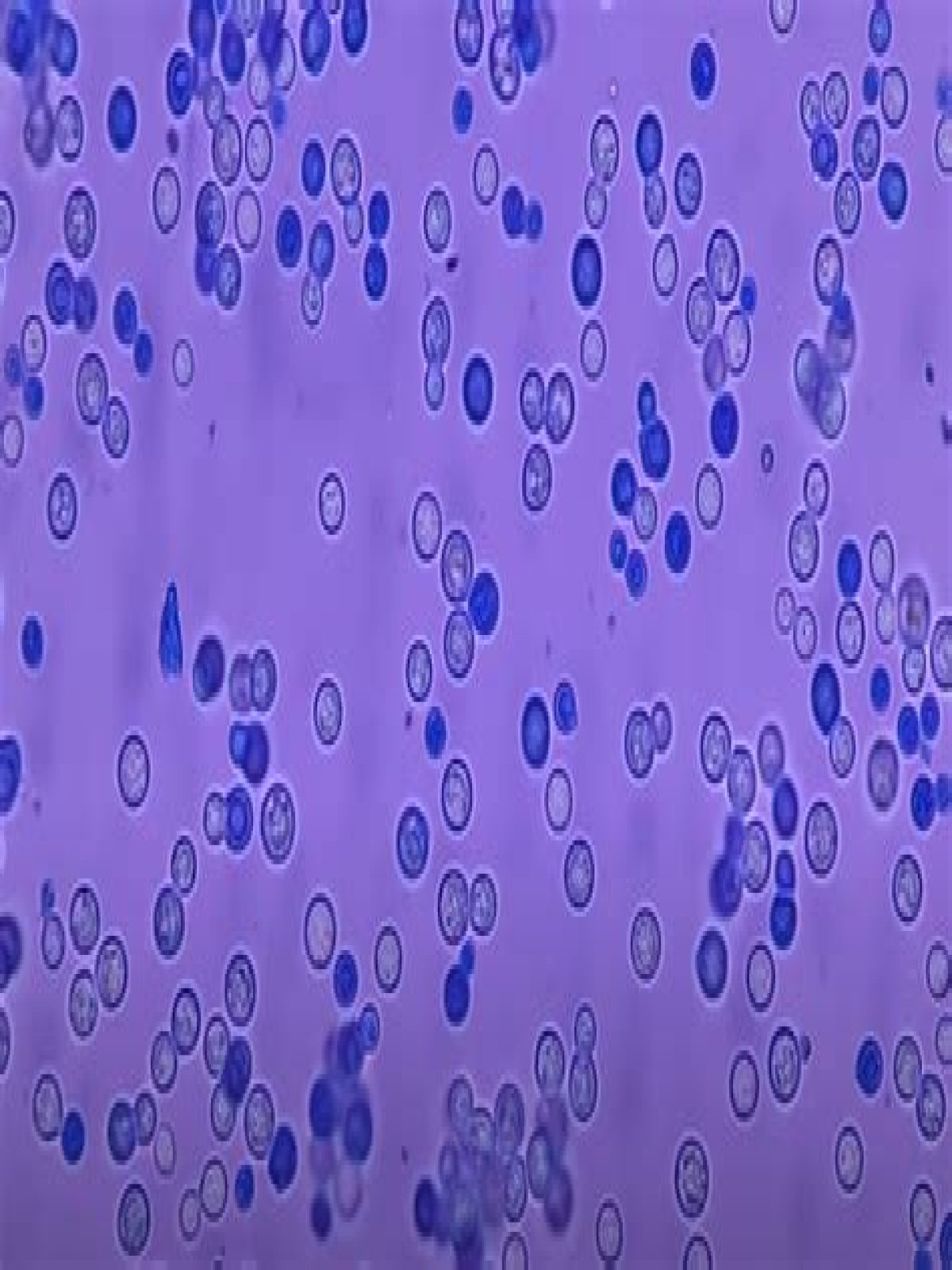Why does methylene blue stain dead yeast cells?
Why does methylene blue stain dead yeast cells?
While living cells have an active dehydrogenase system which reduce methylene blue, dead cells are unable to reduce this stain. Thus viable cells are colorless under this stain while dead cells stain blue.
How do you count viable yeast cells?
Cell Counting Procedure
- Vortex the target yeast cell suspension and mix 1:1 with 0.01% methylene blue.
- Pipette 10 microliters of cell sample into the hemacytometer.
- Wait 60 seconds for the cells to settle.
- Place the hemacytometer under a microscope with a typical magnification of 100.
How do you count yeast cells for beer?
To summarize, the best way to get an idea about the yeast concentration of a starter or a yeast slurry is to use a counting chamber and count five yellow squares. Add all the numbers together and multiply it by 50000 to get to the concentration in cells per mL. And don’t forget the dilution factor.
How does methylene blue work with yeast?
Methylene blue stains the dead yeast cells which then appear as dark blue cells. Mix 0.1 g of methylene blue and dissolve it in 100 mL of distilled water. Mix well and let it react for one minute then count the cells by use of a counting chamber.
What is the function of methylene blue in yeast?
The rate of respiration of yeast can be assessed by using Methylene Blue – the removal of oxygen due to the repiration of the yeast causes the dye to become colourless.
What is the easiest way to measure yeast fermentation?
The fermentation rate of the yeast can be calculated by measuring the volume of CO2 at the top of the tube and dividing it by the amount of time it took for that volume to form.
What is the pitch rate?
The term pitch rate refers to the amount of yeast that is added to cooled wort. Pitch rate is generally referred to in cells per milliliter.
How do you test yeast for beer viability?
The easiest way to determine the viability is to stain yeast cells with methylene blue and count the yeast cells as described in a previous post about yeast counting. Methylene blue stains the dead yeast cells which then appear as dark blue cells.
How does a yeast cell multiply in a brewery fermentation?
Yeast cells convert simple sugars into carbon dioxide, alcohol and beer flavors. Yeast will begin to form into clumps and settle to the bottom of the fermenter in a process called flocculation. In this phase, yeast will also store the glycogen needed for future reproduction as it prepares to enter a dormant state.
What is the difference between methylene blue and trypan blue?
Trypan blue is excluded by living membranes so it stains dead cells blue. Methylene blue is a general cell stain, should stain pretty much everything. Indeed! We use trypan blue to asses viability, while we use methylene blue to stain colonies.
How do you use methyl blue to test Yeast viability?
Methyl Blue Staining on Yeast. The methylene blue staining procedure is used to measure yeast viability based on the assumption that the methylene blue will enter the cells and be broken down by living yeast cells that produce the enzymes which breaks down methylene blue, leaving the cells colourless.
What is the purpose of methylene blue staining?
The methylene blue staining procedure is used to measure yeast viability based on the assumption that the methylene blue will enter the cells and be broken down by living yeast cells that produce the enzymes which breaks down methylene blue, leaving the cells colourless – Methyl Blue Staining on Yeast Essay introduction.
How do you assess viability of a culture of yeast?
Assess viability of a culture of yeast by staining with methylene blue. Methylene blue readily permeates yeast cells, but it is reduced to a colorless compound in living cells. Dead cells will appear dark blue when stained with methylene blue while live cells will be colorless.
What is the role of methylene blue in yeast respiration?
Methylene blue diffuses into the yeast cells and acts as an artificial hydrogen acceptor. Reduction of NAD and FAD is caused by the action of dehydrogenase enzymes in the dehydrogenation reactions of aerobic respiration.
